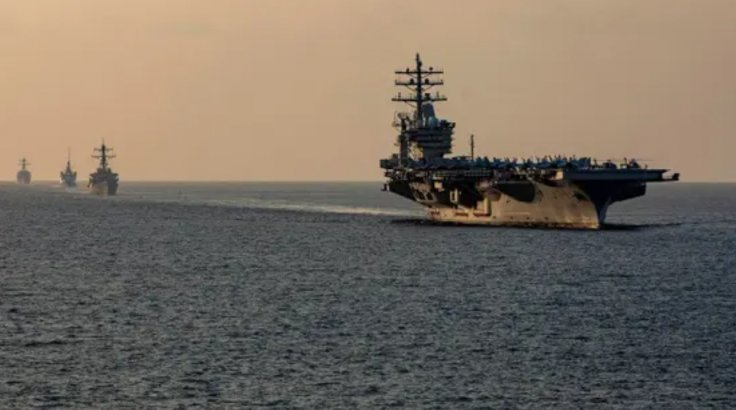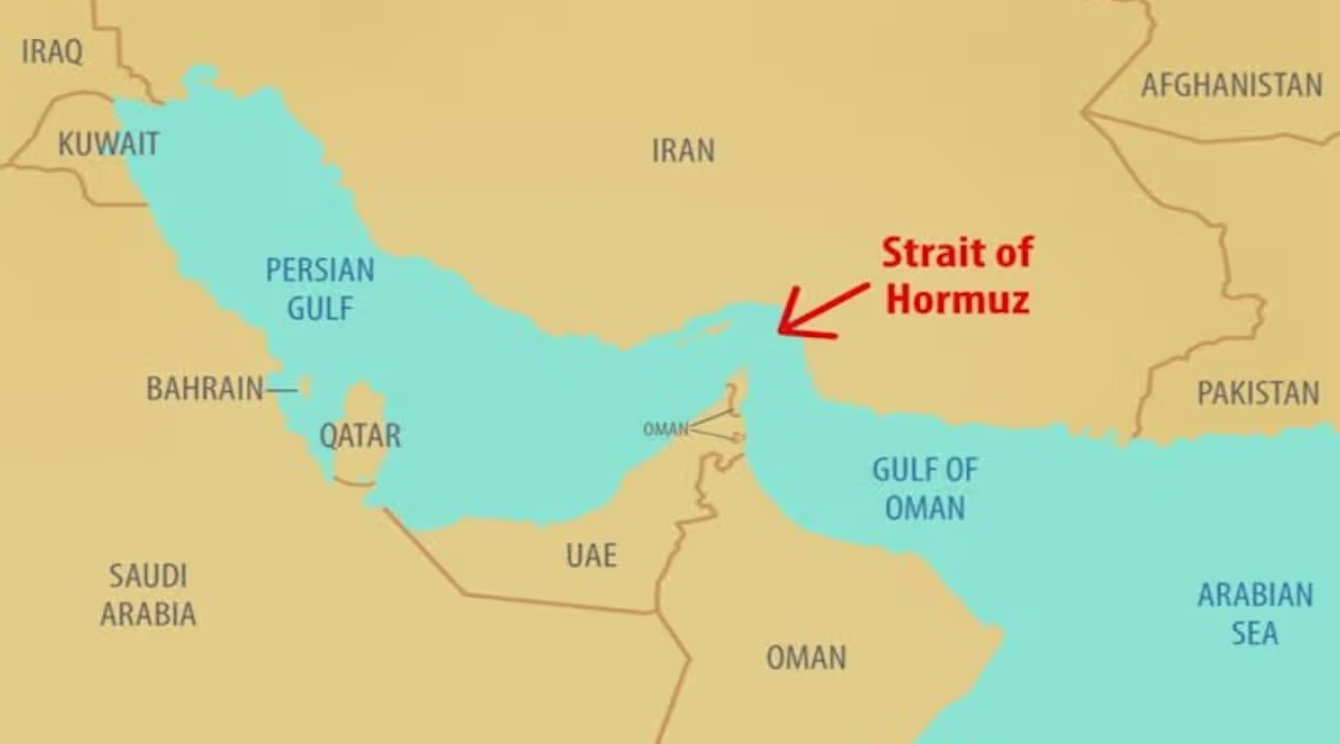Iran’s parliament has voted to close down the Strait of Hormuz, a crucial maritime route that handles around 20 percent of the world’s daily oil supply, which could halt around $1 billion worth of oil exports each day and could trigger a sharp rise in global oil prices.
The decision will be implemented once it receives final approval from Iran’s Supreme Council. The Supreme Council must take a final decision by the end of tonight, Iran’s state-run Press TV reported. Email Kosari, a commander in Iran’s Revolutionary Guards, said on Sunday that Iran’s major escalation in response to the U.S. strikes on its nuclear sites “will be done whenever necessary.”
Iran to Stop Oil Supply
X
The Strait of Hormuz, which connects the Gulf of Oman to the Persian Gulf, is one of the most strategically important maritime passages in the world — measuring only 20 miles across at its narrowest point.
The actual navigable shipping lanes within the strait are even more restricted, with less than two miles of clearance in each direction, making them especially susceptible to attacks or blockades.

X
The strait’s shallow depth makes it especially susceptible to underwater mines, while its limited width leaves ships exposed to potential attacks from land-based missiles, patrol boats, or helicopters.
Although Iran lacks the legal authority to restrict maritime traffic through the Strait of Hormuz, any attempt by its navy to do so would likely provoke a forceful reaction. The U.S. Fifth Fleet, along with other Western naval forces, maintains a constant presence in the region.
The strait is flanked by Iran on the north and bordered by Oman and the United Arab Emirates to the south.

X
A major portion of the oil exported by key producers in the region — including Iran, Iraq, Kuwait, Qatar, Saudi Arabia, and the UAE — passes through this narrow and vital passage.
Asia to Suffer the Most
Asia is likely to suffer the most from any shutdown of the Strait of Hormuz, as countries like China, India, Japan, and South Korea rely heavily on it for the majority of their oil imports. China — the largest buyer of Iranian oil and a key ally that has often used its veto at the UN Security Council to shield Tehran from sanctions or resolutions — would be especially impacted by any closure.

X
At the same time, closing the strait would also deal a serious blow to Iran’s own economy.
Iran previously disrupted shipping in the Persian Gulf in April last year when it detained a Israel-linked container ship near the Strait of Hormuz, accusing the MSC Aries of breaching maritime laws.
Earlier in April 2023, Iran also seized a tanker that was going to the U.S., alleging that it had struck another vessel.
In May 2022, two Greek tankers were seized and held for six months — widely interpreted as a retaliatory move following the confiscation of Iranian oil by Greek and U.S. authorities from a separate ship.
In earlier incidents, Yemen’s Houthi rebels interfered with maritime traffic through the Bab el-Mandeb Strait, which connects to the Red Sea on the opposite side of the Arabian Peninsula.
Using missiles and drones, the Houthis managed to cut down shipping activity through the Red Sea and Gulf of Aden by about 70 percent in June compared to the average traffic seen in 2022 and 2023, according to Clarkson Research Services Ltd, a division of the world’s largest shipbroking firm.



